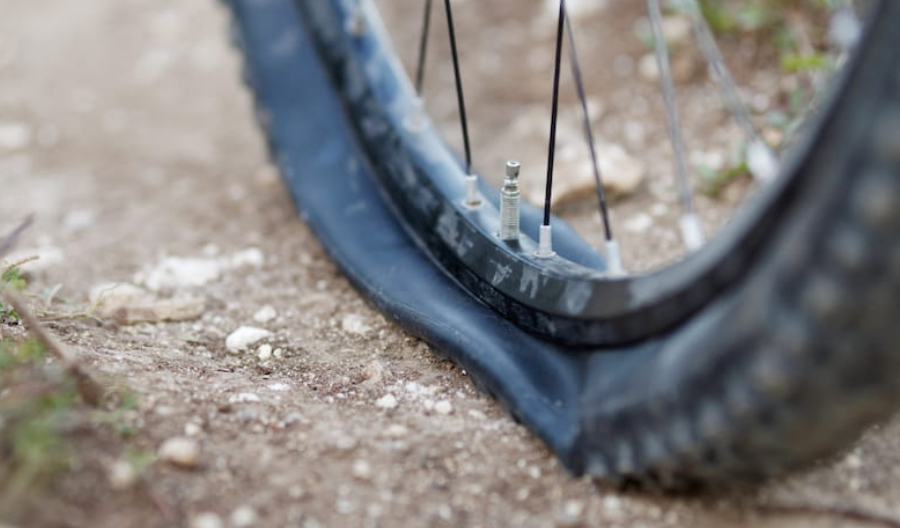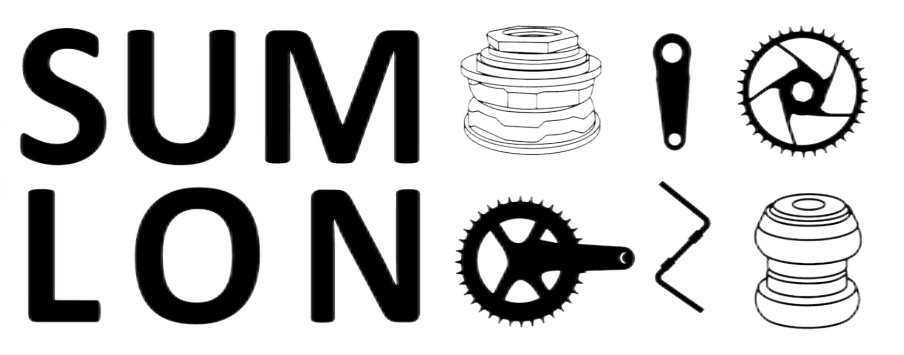Understandings
Many cyclists are choosing low tire pressure, often resulting in underinflated tires. They worry that high pressure will cause the inner tube to compress against obstacles during rides, leading to increased internal pressure and eventually a blowout. However, this concern is completely unfounded. In reality, maintaining an appropriate high pressure not only doesn’t lead to blowouts but also helps prevent pinch flats and blowouts caused by underinflation.
Advantages of High Tire Pressure
\When tire pressure is too low, the tire is more likely to deform when it hits obstacles, making the inner tube more susceptible to damage and increasing the risk of blowouts. On the other hand, a properly high tire pressure allows the tire to remain firm when encountering obstacles, reducing deformation and better protecting the inner tube. Additionally, higher tire pressure can reduce rolling resistance and improve riding efficiency. Therefore, cyclists should inflate their tires within the recommended pressure range to ensure the best riding experience and safety.
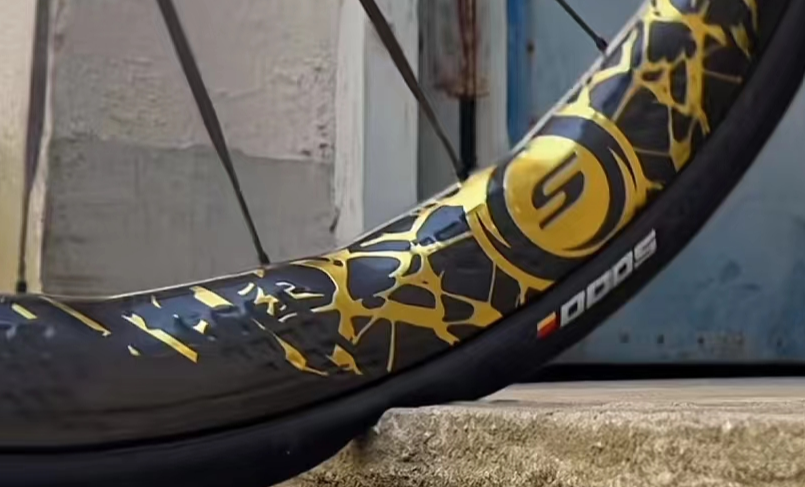
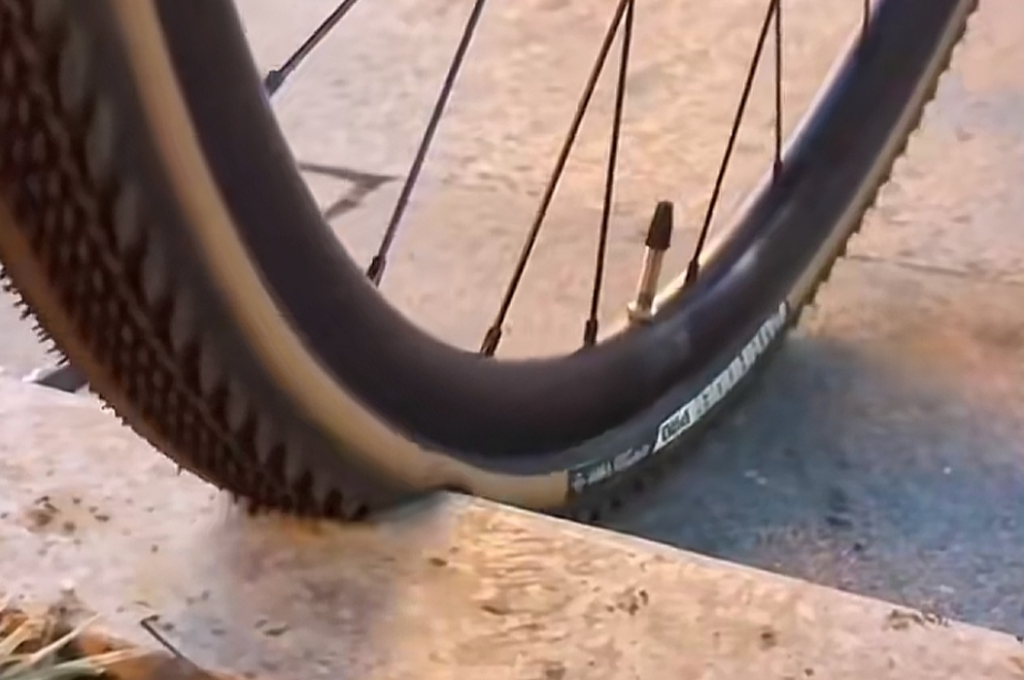
We assure you that even if your PSI exceeds 100, your tires won’t blow out when riding over obstacles. Conversely, if it is very low, the risk of a blowout significantly increases when you hit an obstacle. Let us explain why this happens.
Low Tire Pressure Leads To Blowouts
Inner tubes rarely blow out due to internal pressure alone. Most blowouts occur because the inner tube is pinched and damaged at one or more points when the tire quickly passes over a sharp obstacle. With insufficient pressure, when the wheel quickly rolls over a sharp obstacle, the inner tube cannot provide enough upward support to the rim. The rim, due to inertia, continues to approach the obstacle. Eventually, the sharp edge of the obstacle and the rim pinch the tire in between. At several points, the inner tube experiences excessive pressure, leading to damage. In such cases, you typically see two symmetrical puncture marks on the inner tube, resembling a snake bite.
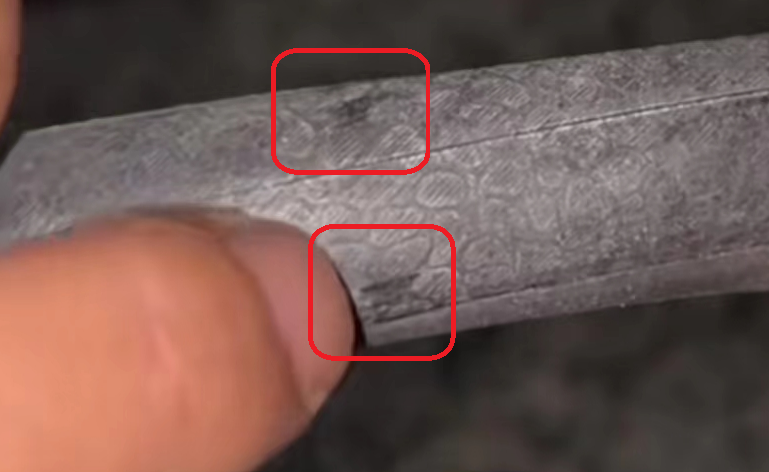
Over 90% of road bike blowouts are due to low tire pressure, not high. Maintaining the correct setting can prevent 90% of blowouts. So, what should the right setting for your bike? You can refer to SUMLON’s other article: Optimize Tire Pressure of Your Road Bike.
By the way, SUMLON has been manufacturing bicycle parts for over 15 years. Contact us if you are looking for a bike parts factory or a one-stop wholesaler. Peace


